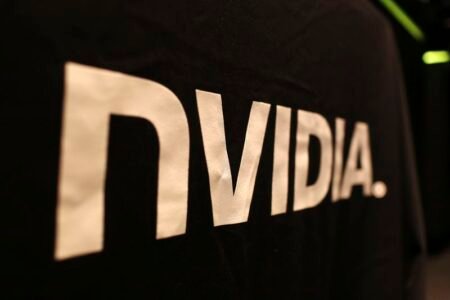Ukraine appears to be using a very popular video game system for an unusual purpose: remotely controlling gun turrets.
The use of the Steam Deck platform to control the unmanned machine-gun systems highlights the continued influence of modern technologies in the Ukraine war, something also evident in the prevalence of drones.
It also highlights the tendency to employ systems in ways outside of what they were intended to do, as is the case here.
Ukraine’s United24 Media, a government-run platform, shared a video of Ukrainian soldiers using the Steam Deck system to remotely control guns on social media over the weekend.
The video notes that the remote-controlled gun turrets, the ShaBlya system which was developed by Ukrainian engineers and approved for use and mass production earlier this year, are one of the first “robots” on the front lines, designed to hold, target, and fire machine guns.
The gun turret also has a thermal imager and wide-field cameras for locating targets, and it can fire out to a distance of just over three miles, according to United24.
Footage of the turret being used in combat shows it being controlled by portable Steam Deck systems, video game platforms made by Valve that are used to play popular games such as the classic “Halo” series, “Elden Ring,” and “Stardew Valley.” Steam Decks are relatively new handheld gaming devices, but they have become popular for their portability and the variety of games that are available on the Steam store.
But there are apparently other features, ones that the Ukrainians have figured out how to exploit. Reports of the Steam Deck being used in combat have been circulating since last year.
The use of these systems to control remotely operated gun turrets, as United24’s video notes, speaks to the significant use of a variety of different technologies in this war, especially when it comes to robots and drones.
Both sides of the war have seen soldiers remotely controlling unmanned systems on the battlefield. First-person-view drones are constantly harassing vehicles and troops, naval drones have been sinking warships in the Black Sea, reconnaissance drones direct strikes, and long-range drones have been used for deep strikes.
There are a variety of benefits to remotely controlled systems. They can keep troops away from the fighting, potentially saving lives, and they offer a mix of tools to locate and target enemies.
The development of this technology is fast moving. Both Russia and Ukraine, especially in drone warfare, are racing to make advances in a sort of arms race against one another. One recent example is Russia’s use of wired drones to mitigate the effects of signal jamming on unmanned systems and drones.
Read the full article here

















